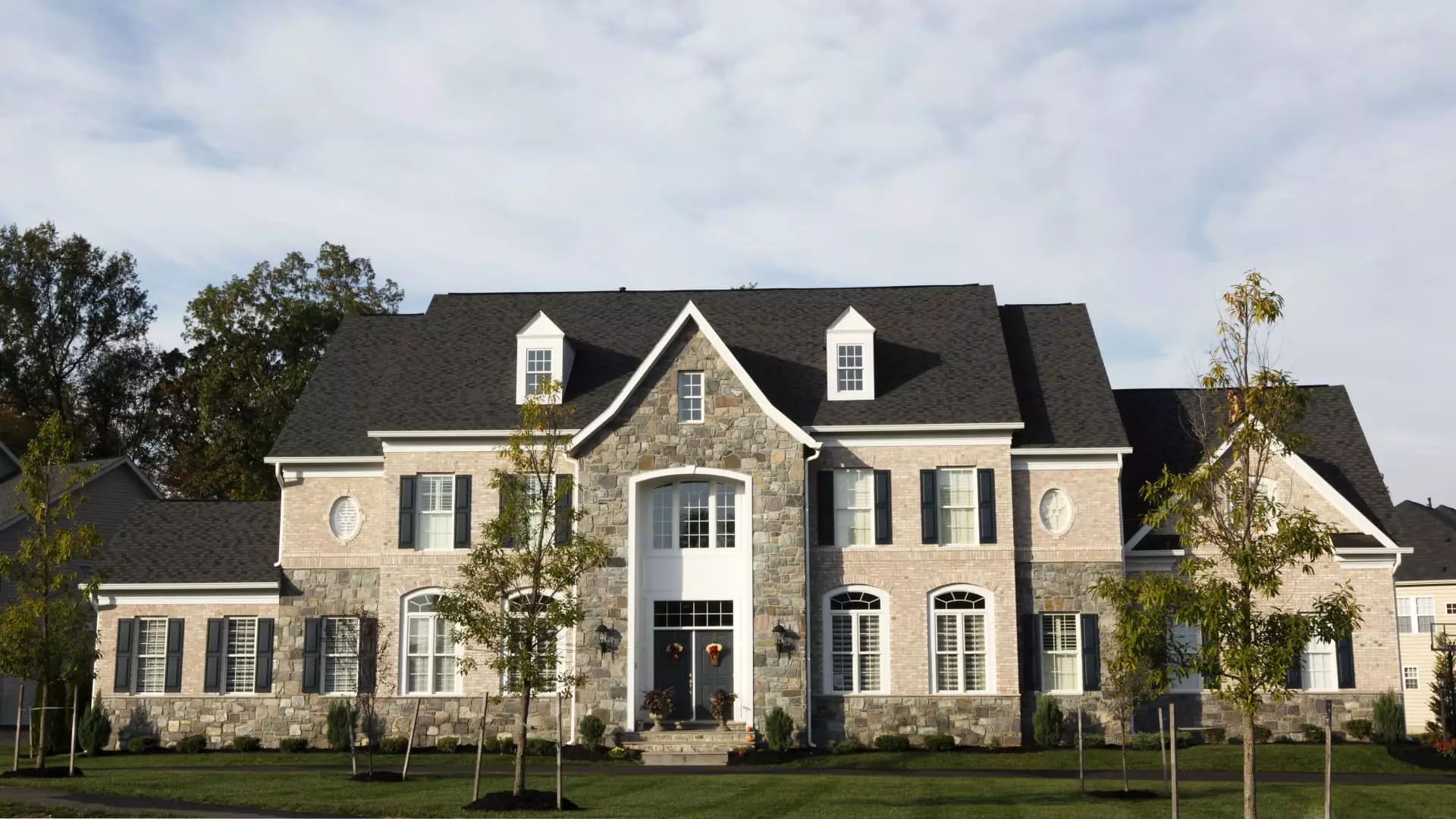In contemporary America, the housing market presents a baffling dichotomy: while there is a notable scarcity of homes available for sale, an unprecedented number of residential spaces are left unoccupied. This contradiction raises critical questions about the dynamics of modern living arrangements, household structures, and the implications for urban development. As reported by Realtor.com, the current census data reveals an astonishing surge in the number of extra bedrooms across the nation, indicating a growing gap between available housing and actual living needs.
According to findings from Realtor.com, the total count of extra bedrooms—defined as rooms exceeding the number of occupants in a dwelling—has reached a staggering 31.9 million. This figure signals a significant increase from 31.3 million in 2022 and represents a notable escalation since just 1980, when the number was merely around 7 million. This dramatic uptick can partly be attributed to shifting demographics; the average household size has declined from 3.1 persons in 1970 to 2.5 in 2023. Ralph McLaughlin, a senior economist at Realtor.com, underlines that this trend is primarily driven by the dual factors of larger home sizes and reduced household occupancy.
The evolution of home sizes in the United States correlates closely with economic and sociocultural changes. The “McMansion” phenomenon, which began in the 1980s, saw new homes characterized by expansive layouts and an overwhelming number of guest rooms, catering to a burgeoning middle-class population craving space. However, this quest for larger homes has reached a plateau in recent years, hindered by increased construction costs and a collective shift towards more sustainable, energy-efficient living. Over the past five decades, the average number of bedrooms per home has increased from 2.5 in 1970 to 2.8 in 2023, yet this figure has remained static for the last ten years.
Regional variations play a vital role in understanding the phenomenon of excess bedrooms. Areas such as the Mountain West and the South exhibit a higher prevalence of surplus space due to the ample availability of land, which allows for larger homes and extensive floor plans. Conversely, urban centers experience a starkly different reality, often marked by limited space and higher demand for compact living arrangements. This discrepancy further fuels the debate over whether the housing market has effectively “overbuilt” in sprawling regions, leaving many houses with more rooms than needed. McLaughlin’s commentary brings to light an important question: Are buyers willingly choosing sizable homes, or are they merely settling for the larger options available in the market?
The report offers a compelling insight into regional markets characterized by significant disparities in extra bedroom proportions. Notably, cities like Ogden, Utah, and Colorado Springs, Colorado, report excess bedroom shares of 12.2% and 12.1%, respectively. In contrast, metropolitan areas such as Miami and New York reveal a distinctly lower incidence of surplus space, with only 5.9% and 6.5% respectively. These trends illuminate the broader socioeconomic implications of residential space utilization in varying geographic contexts.
As we navigate this seemingly contradictory housing landscape, it is crucial to critically reassess our approach to residential development and urban planning. The rise in unused bedrooms juxtaposed against declining household sizes suggests that many families are feeling the impact of economic pressures and lifestyle transformations. Addressing this issue requires innovative solutions that account for both individual needs and community dynamics. Housing policies may need to adapt, promoting more diversified living options that cater to evolving cultural norms alongside practical economic realities. Only by engaging with these requisite changes can we hope to bridge the gap between available residential space and the very real needs of today’s homeowners.

